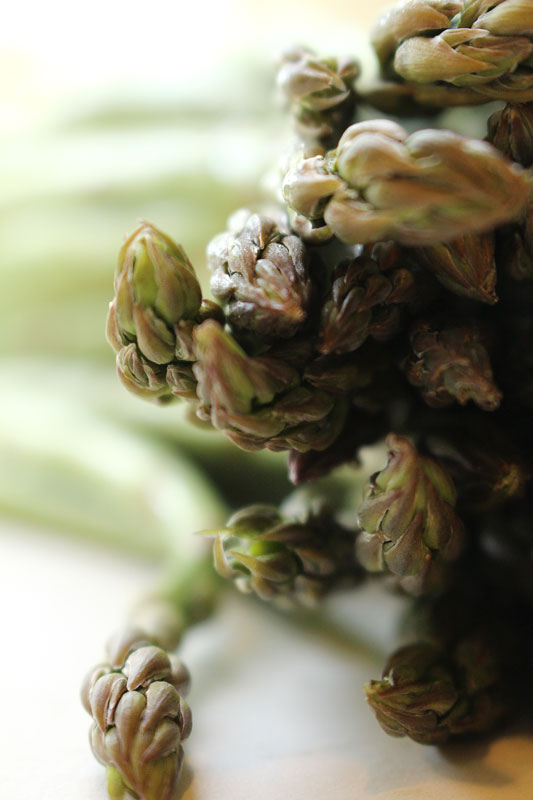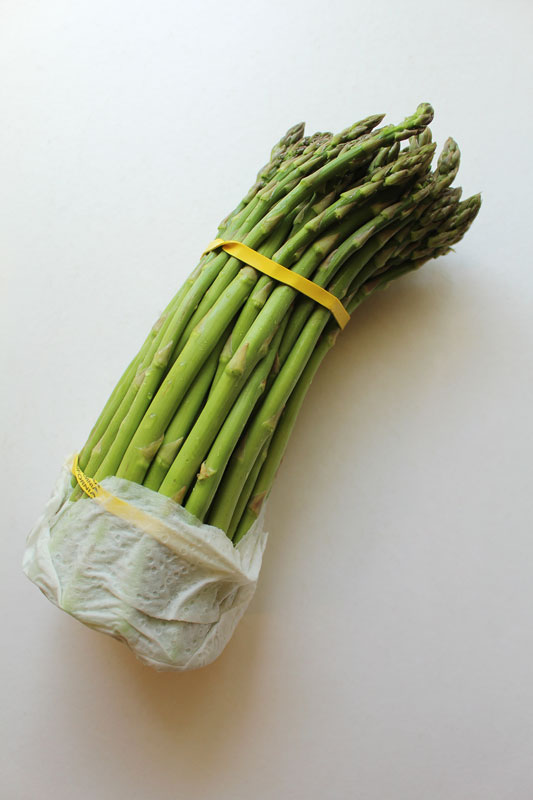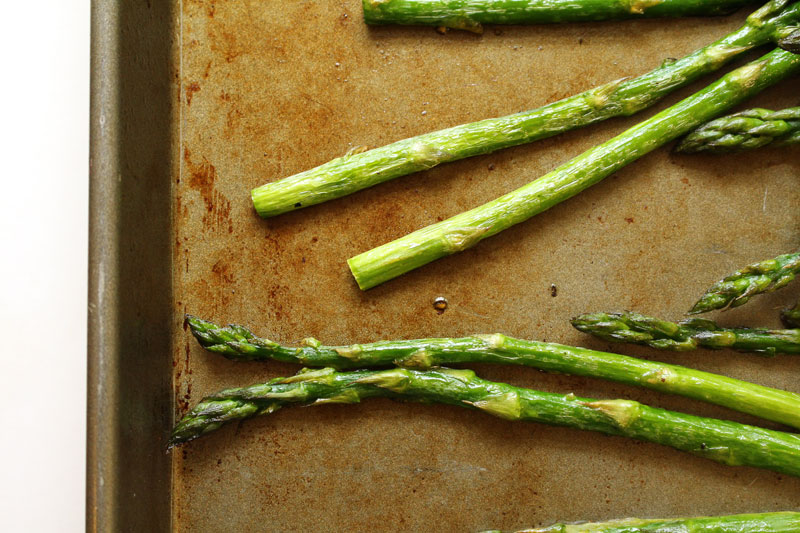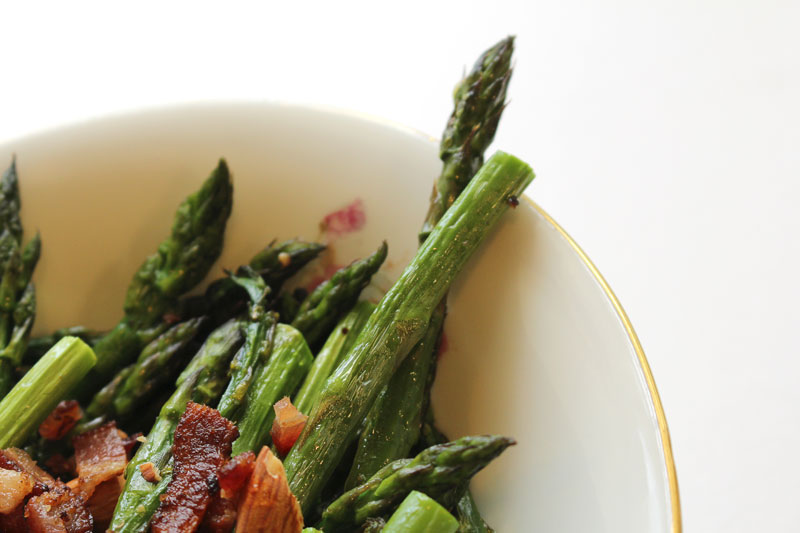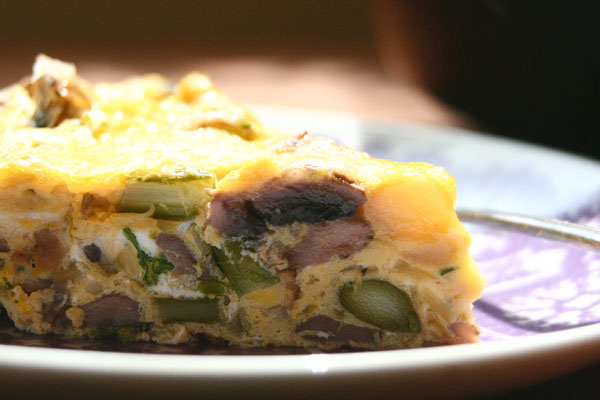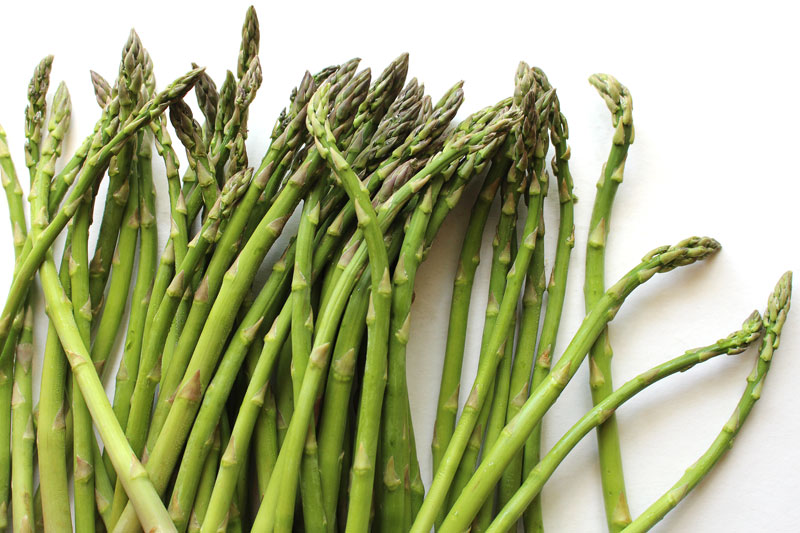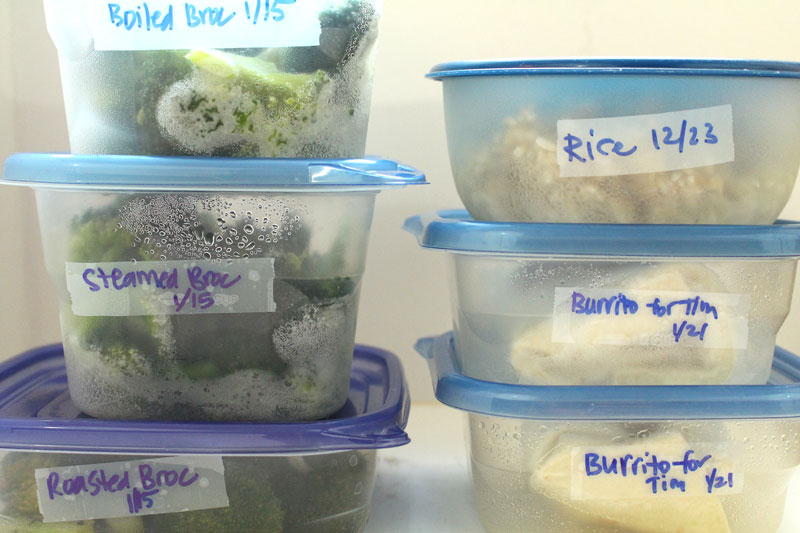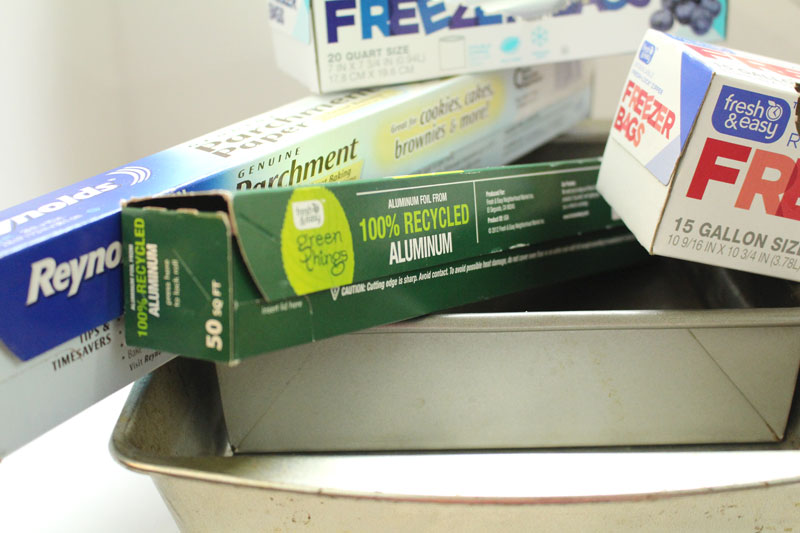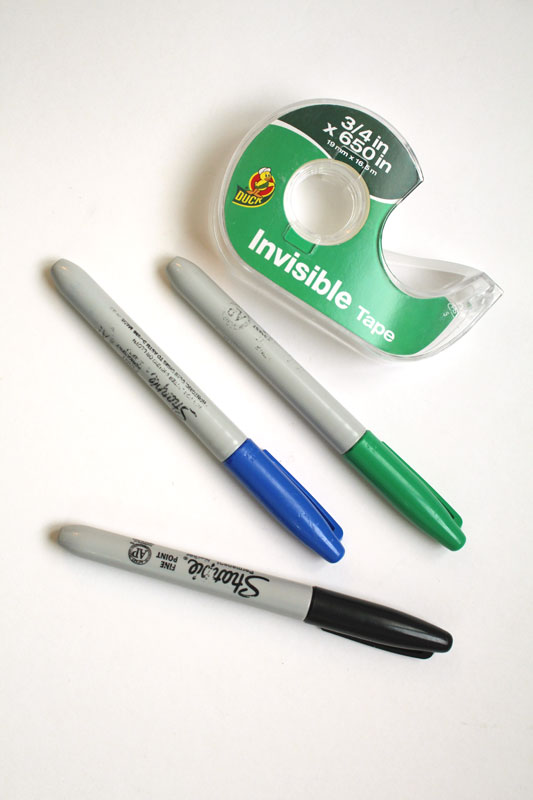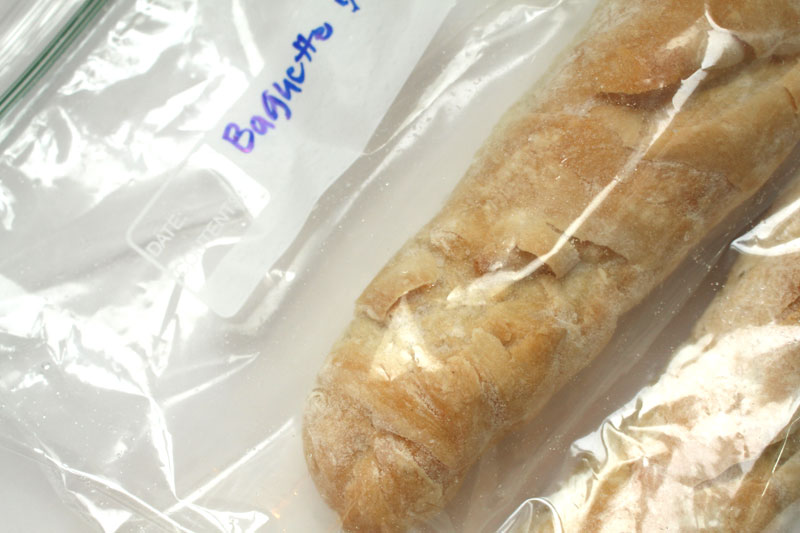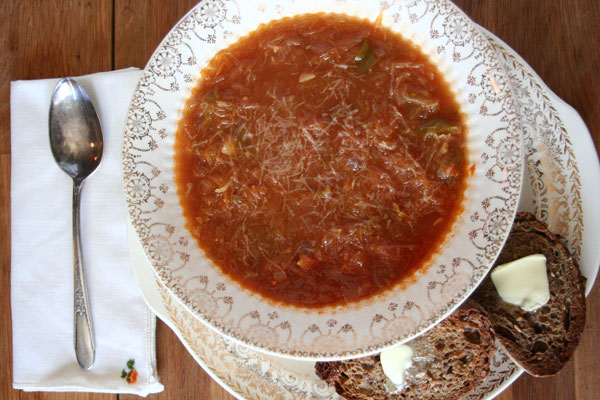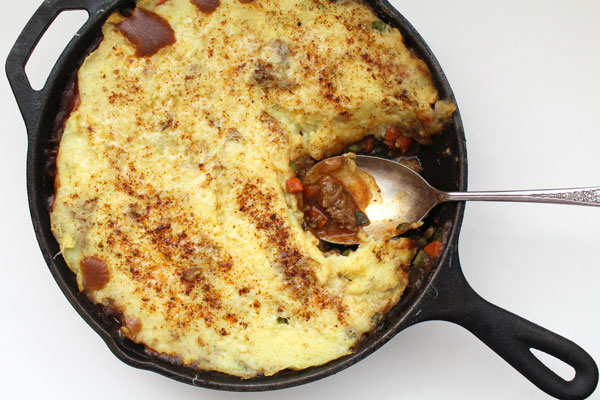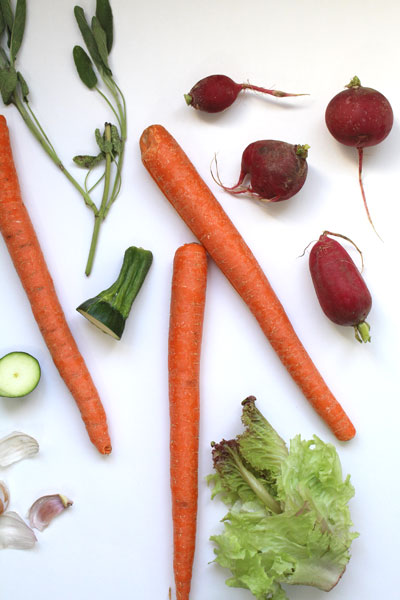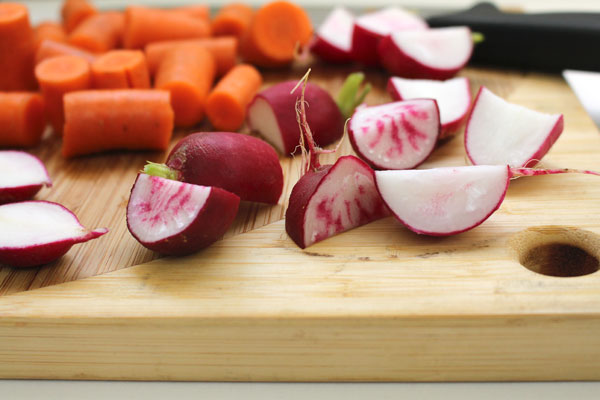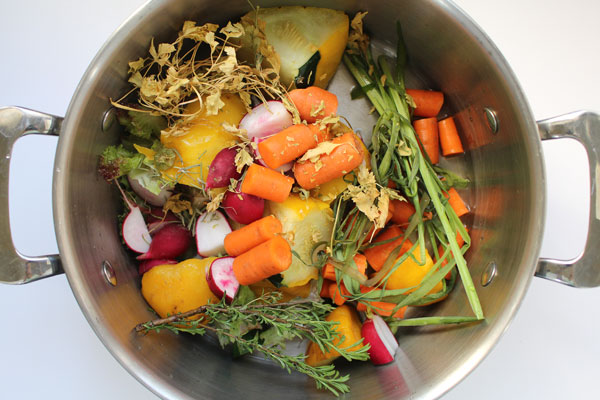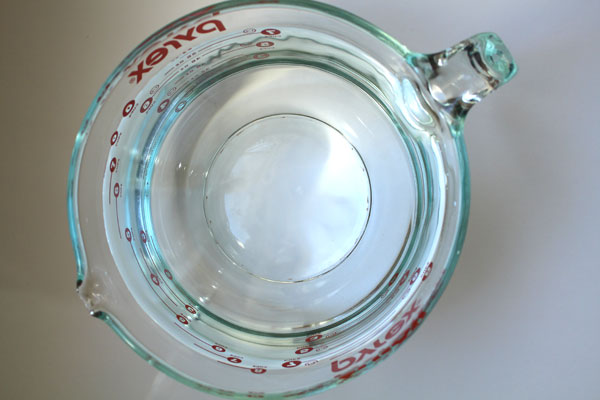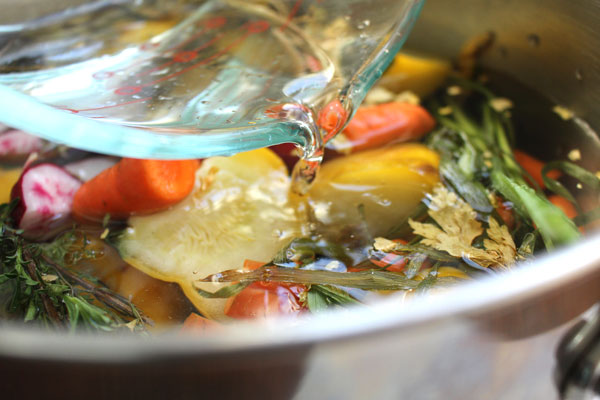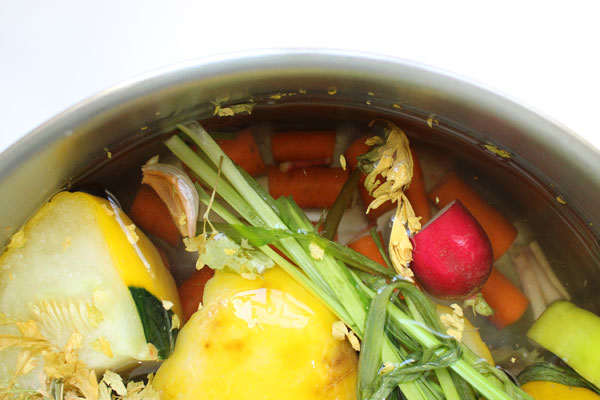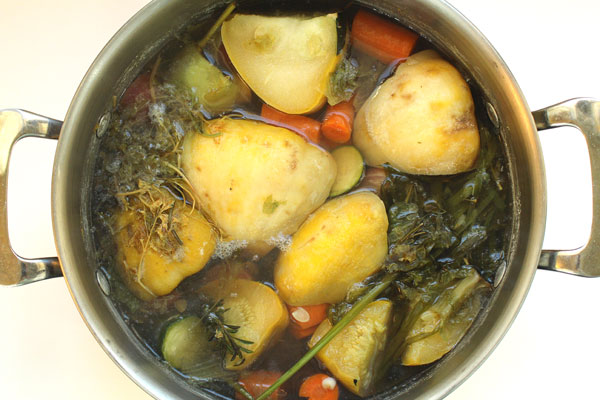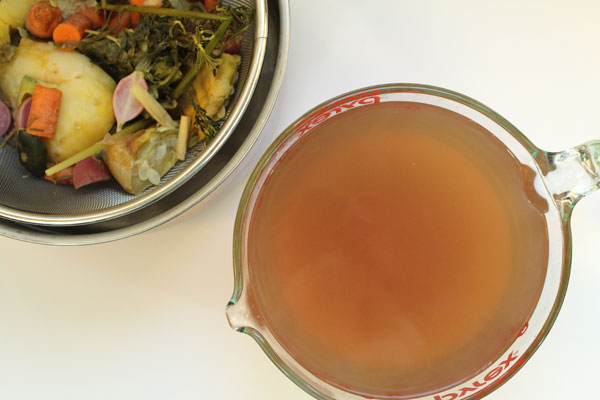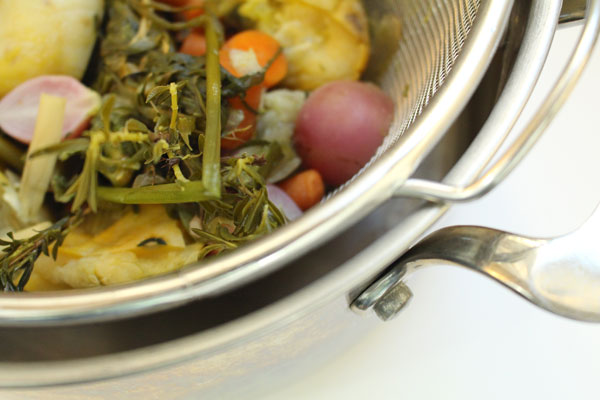How To: Asparagus
Written by Rachel, Posted in Breakfast, Dinner, How To, Lunch, Storage/Prep, Vegetables
It’s asparagus time, friends. I hope you’re as excited about this as I am! Things like asparagus, snap peas, and green beans signify spring to me.
Oh spring.
Here in L.A. it just means a slight shift from cool-warm to warm-hot weather. But, after the winter many on the East Coast have had, I am glad that it’s spring for their sake.
Enough about the weather though. Let’s talk about this bright green vegetable.
Every week when we get our delivery of organic produce from Abundant Harvest Organics there’s an information packed newsletter tucked into the box. I love what Vernon has to say on the front, plus there are great recipe ideas, and such great storage tips.
Like, for example, asparagus: I learned to cut off about an inch from the bottom, wrap them in a damp paper towel, and then store them in a plastic bag. Can I share a secret with you? The asparagus photographed were a week old. Yeah. This storage tip worked well.
Before using asparagus in any dish, I like to trim the ends (because they can get a little tough, so they are better saved for vegetable stock). To do this, take one stalk and hold it with one hand at each end. Bend it so that it snaps naturally, usually an inch or two from the bottom. That will give you a good idea of how much to remove and you can line up the remaining asparagus and cut them all off at the same time, rather than snapping each individually.
Easy. Now they’re ready to be cooked.
My favorite way to eat almost any vegetable is roasted. Asparagus is no different. They get a little sweeter, crispier outside, and tender inside.
Just perfect, in my opinion.
The other week I shared a recipe for Roasted Asparagus with Almonds and Crispy Bacon. It’s like my favorite way to eat veggies taken to a whole new level when bacon, almonds, and a squeeze of lemon juice are added.
If you’re up for something other than roasting, another favorite is to add asparagus to a Spring Frittata. Seriously good. Invite some friends over for this one. Serve the frittata alongside a Savory Baked French Toast and a Simple Orange Salad. Dark, rich coffee, fresh squeezed orange juice, or mimosas would be very acceptable beverage choices for this meal.
There you go. I’ve planned your next brunch for you.
I would totally throw these friendly green stalks into a spring soup with some potatoes, cream/milk, thyme, cayenne, salt, pepper, and onions.
What if you made a cold sauce by mixing a little bit of heavy cream with some dijon mustard, salt, and pepper, then drizzled it over some hot, roasted asparagus?!
You could blanch them (cook in boiling water for about 2 minutes, then submerge into an ice bath to stop the cooking), top them with some of your favorite olive oil, fresh thyme, a squeeze of lemon juice, salt, pepper, and shaved parmesan cheese. Serve them alongside a perfectly cooked fried egg.
You might try either roasting or cooking in a little bit of oil, over high heat for just a few minutes. Then toss with some lemon juice and fresh tarragon.
I think I would like to eat any of these right now… but, we had some friends visiting from Germany, and they brought us an incredible assortment of chocolates. So that’s what I’ve been snacking as I’ve been writing about crispy, crunchy, green asparagus.

